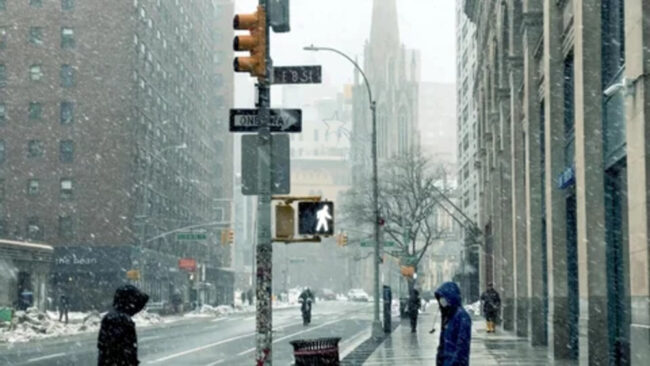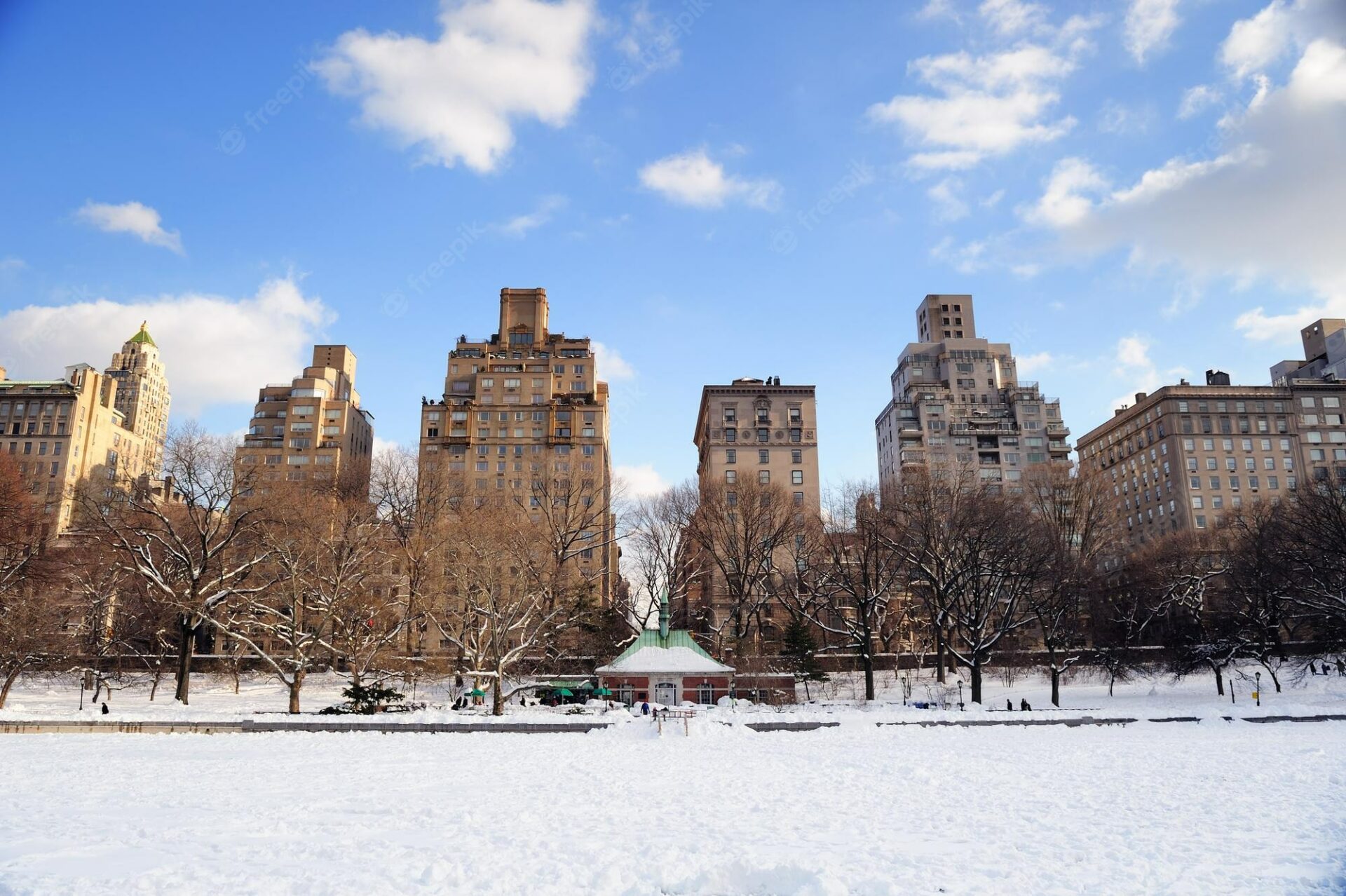Climate change is impacting the world significantly, and New York City is no exception. The city is on the verge of setting a no-snow record, with winter seasons passing without any significant snowfall. The Big Apple has gone so far 320 consecutive days without snow, according to the National Weather Service. In a few more days and the new record will be set, after the winter of 1973.
One of the main causes of this phenomenon is the rising temperatures in the region. As the Earth’s average temperature increases, it becomes more difficult for snow to form and stick to the ground. This is because warmer temperatures cause the air to hold more moisture, which can fall as rain instead of snow. Additionally, as temperatures rise, the snow that does fall is more likely to melt quickly.
Another factor contributing to the lack of snow in New York City is the changing precipitation patterns. As the climate changes, the city is experiencing more intense storms that bring more rain than snow. These storms are also becoming more frequent, which means that there is less time for the snow to accumulate on the ground.
Lack of snow will hit the economy and environment
The lack of snow in New York City is not just an aesthetic issue; it also has significant economic and environmental consequences. For example, the city’s economy relies heavily on tourism, and a lack of snow can hurt businesses that depend on winter visitors. Additionally, the lack of snow is affecting the city’s infrastructure, as the absence of snow and ice can lead to damage to roads, bridges, and buildings.
The environmental consequences of the lack of snow in New York City are also significant. Snow acts as a natural insulator, helping to keep the city’s buildings and streets warm during the winter. Without this insulation, the city must rely more heavily on artificial heating, which increases energy consumption and contributes to air pollution. Additionally, the lack of snow is impacting the city’s ecosystems, as many plants and animals rely on snow for survival.
It’s not typical having no snow in winter, the data say
The average winter temperatures in New York City vary depending on the specific location within the city and the time of year. However, in general, temperatures during the winter months (December to February) are typically around freezing or slightly below.

The average high temperature in January, the coldest month, is around 37°F (2.8°C) and the average low temperature is around 25°F (-3.9°C). However, it’s worth noting that temperatures can also drop below freezing, sometimes significantly, and it’s not uncommon to have some days with high temperatures in the 20s°F (-6 to -1°C) and low temperatures in the single digits or below freezing.
Winter in New York City can also bring snowfall and strong winds, making temperatures feel colder. But, not this year thanks to obvious climate change consequences.
It must address climate change effects
To address the effects of climate change on New York City, it is important for the city to take action to reduce its greenhouse gas emissions. This can be done by investing in renewable energy, implementing energy-efficient building codes, and promoting sustainable transportation options. Additionally, the city should work to adapt to the changing climate by building infrastructure that is more resilient to extreme weather events and by developing plans to protect vulnerable populations.
The lack of snow in New York City is a clear sign that the effects of climate change are already being felt in the city. It is essential that the city take immediate action to reduce its greenhouse gas emissions and adapt to the changing climate. By doing so, New York City can help to mitigate the effects of climate change and ensure a sustainable future for its residents.

